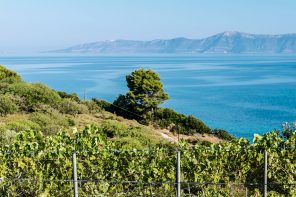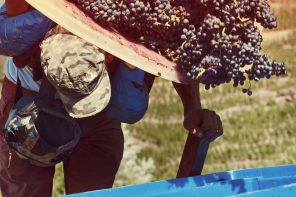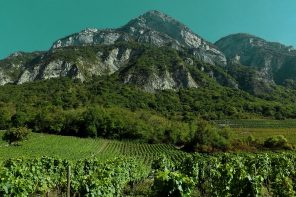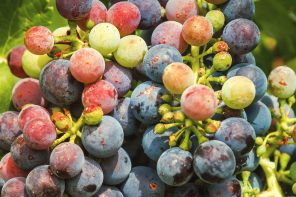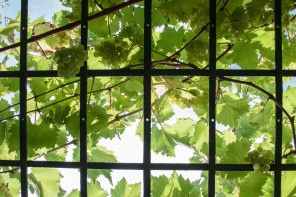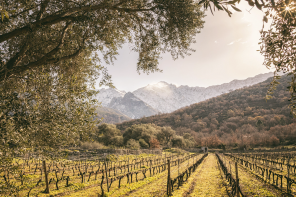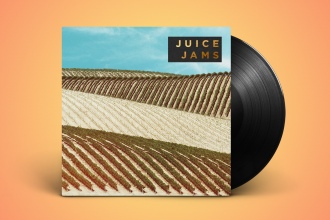I first discovered the world of wine while living in San Francisco. There’s no doubt that my proximity to Napa and Sonoma fostered an osmotic and perhaps alcohol-fueled education. But most of all, I was astounded that an agricultural product could be so delicious, diverse and dynamic.
“Wait, the spot on a hill where these grapes grow will make them taste different than the grapes growing at the bottom of that same hill?” Pour me another glass and don’t stop talking.
After taking a wine education course and working in a Napa tasting room, I moved to New York. I enrolled in an intensive sommelier training course. I lined up a job at a restaurant with an award-winning list. I was set up to try some of the best wines in the world and attend portfolio tastings from massive wholesale distributors. As I tasted these wines — some of which showed ethereal beauty and complexity that confounded my brain cells — the seemingly simplest of questions popped into my mind: how do they make this stuff?
No one around me could give me an adequate answer. Of course, we all knew how a bottle of wine is made theoretically, but I wasn’t satisfied. I was taught to identify wines based on deductive tasting; alcohol and acidity levels, fruit, earth aromas, and oak usage were the clues that taught me about what was in my glass.
What about the influence of the land and the person that made it? How do wineries and winemakers find their styles? How are changing trends affecting regions steeped in tradition? It became clear that I couldn’t taste a wine, fill in a chart, and find the answers I was looking for. I passed my exam, then left New York to be a harvest intern.
Out in Sonoma, I discovered two months worth of 18 hour days. I accepted that nobody would ask questions like “have you used a power tool before?” I was taught at least three “perfect” techniques for coiling a hose and slept soundly knowing my fingers were still attached to my hands. To describe harvest as ‘intense’ would be an understatement, mostly though, it’s just beautiful.
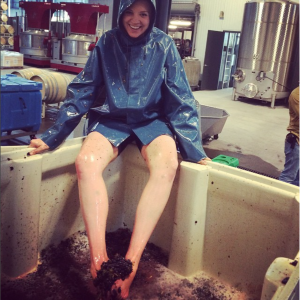
Early mornings alone in the vineyard are revelations, much like seeing and tasting the fruit I cultivated as it settled into fermentation vessels. Nicknames are abundant. Connections are made. Then comes the daily interaction with the juice: punch downs and pump overs, basic testing, tasting, and smelling. All facilitate an awareness of each vat’s identity. I can close my eyes and visualize a map of all 60 tanks full of fledgling wine.
These days, this is what I think about when I drink a glass of wine. I think of the grape growers and winemakers who have brought something to life — not as laborers or booze makers but proud parents. When I was studying to be a somm, I missed all these things.
I had never seen grapes as characters that live alongside the passionate people who take the time to carefully coax them into becoming wine. Now, I am deeply fortunate to be one of those people. I can revisit the sights, sounds, and scents of a wine’s creation when I sip it. With my questions (mostly) answered and all our wines going to bed in their respective barrels, it’s finally time to indulge in an ironic post-harvest tradition: a few well-deserved beers.


